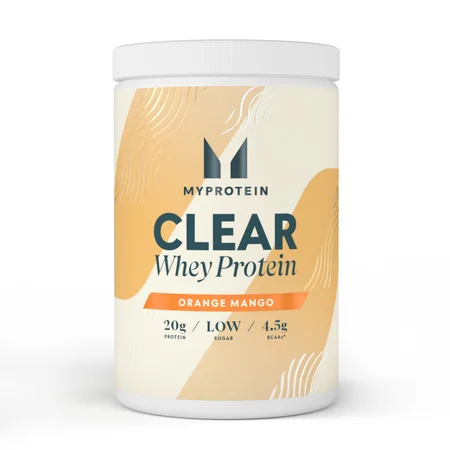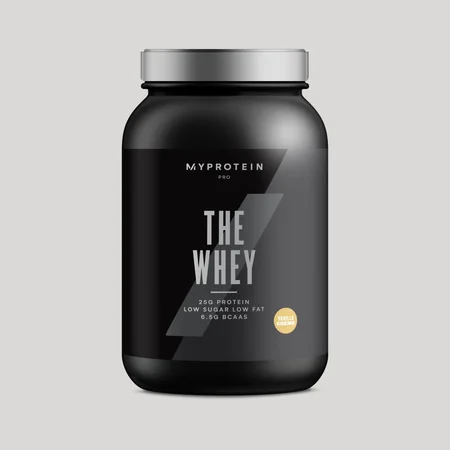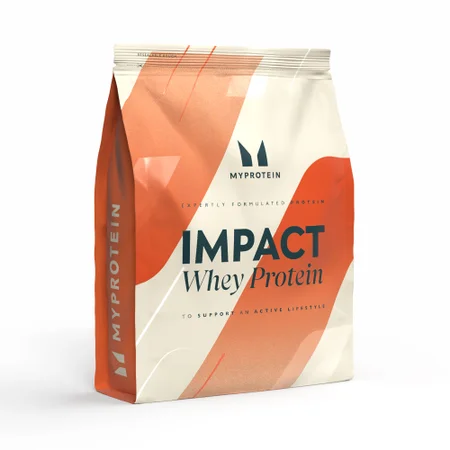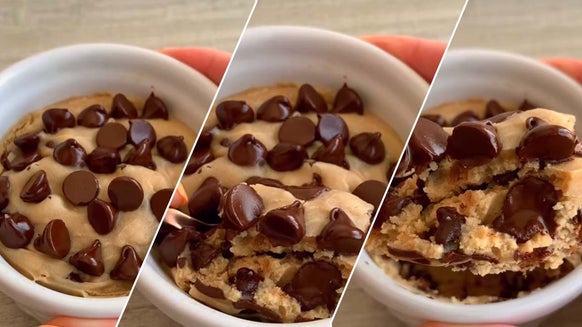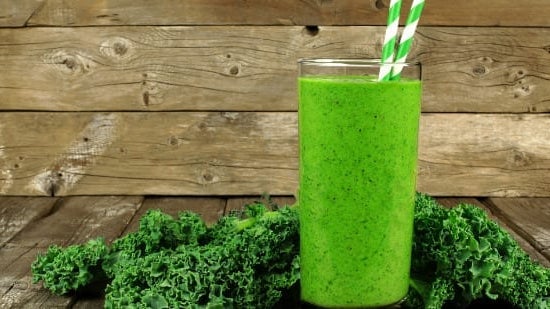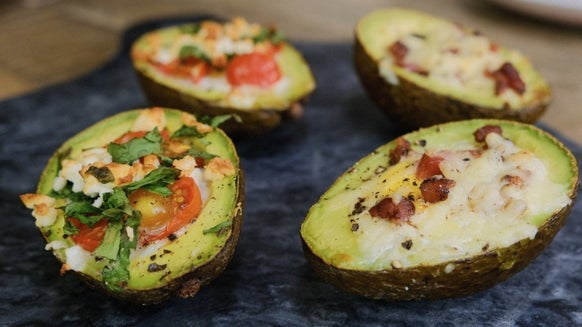
Whey protein goes through many, many steps before it arrives at your door. But how exactly is it made? As part of a new series showing you what goes on behind the scenes, we sent Myprotein product technologist Paul Smith-Johnson to our Warrington factory to reveal all. Welcome to In The Lab.
The Myprotein factory runs like clockwork, all day, every day, handling several hundred tonnes of whey protein and producing thousands of products in a week.
When it comes to flavours, we analyse market trends to come up with some of our boldest and most intriguing ideas.
(And of course we always listen to what customers are saying on social media to see what flavours you think we should come up with next.)
How is whey protein made?
Whey begins its journey on the farm, in the milk of dairy cows (the same cows that make the milk and cheese in your fridge).
The milk goes through a process called pasteurisation, which kills off unwanted bacteria, is boiled, cooled and transported to a cheese manufacturing plant.
After the pasteurisation process, the milk is 80% casein and 20% whey. Then the magic happens: naturally occurring enzymes are added to the milk to separate the whey from the casein, leaving a liquid and a cottage cheese-like solid.
The liquid is then purified to remove fat, water and unwanted minerals, and then goes into a turbine to be dried and have any remaining solid particles separated.
The end result is a 90% whey powder that’s finally ready to make the journey to our factory in Warrington. Hurray!
Step 1 – Whey delivery
Once at the factory, the whey is stored in the raw materials warehouse, where we keep hundreds of proteins and thousands of ingredients on hand to make our products.
A sample of every batch that comes in undergoes rigorous quality control checks in the raw material lab to make our standards are met.
Step 2 – The weigh room
After quality control checks, a picker will go to the raw materials warehouse with a works order and scan the batch code. This will tell them exactly what they’re working on that day.
Then they will transport the materials to the weigh room (pun not intended). This is where all the ingredients are weighed in preparation for blending.
In the weigh room, the controller will check all the ingredients and make sure any allergens are split and taken into a separate room to avoid cross-contamination.
Step 3 – Rip ‘n’ tip
It might sound a like a funfair ride, but the rip ‘n’ tip is the station after the weigh room. Here, the operator rips open the bags of ingredients and tips the contents into the intermediate bulk container (IBM) ready for blending, thus the name rip ‘n’ tip.
All the ingredients are passed through a fine sieve so they can be blended easily and produce a super-smooth shake. The operator must make sure to add them all in in a very particular order. This order is a closely guarded trade secret and is what makes our protein so special, so my lips are sealed on that one...
After all the ingredients have been added, the operator checks for any foreign bodies. If any issues are found, QA is notified, and the job is put on hold.
Step 4 – Big blending
So what is the IBC? It's basically a huge mixing bowl. It rotates slowly and methodically, ensuring all the raw ingredients are mixed consistently throughout the batch.
Step 5 – Time to pack
Once the IBC has done its magic, the mixed protein is ready to be packed up into the final product ready to be sent to customers.
First, nutritional information and product descriptions are printed onto our signature pouches, which then go over to the filling line where the batch is waiting to be packaged.
Allergens are checked once again before the filling takes place, and a deep clean of all equipment used up to this point takes place.
The IBC is connected to the filling machine, and the pouches are filled and weighed. The scoop is added, and the pouch is then heat-sealed and x-rayed to ensure that there’s nothing but protein and a scoop inside.
Next, each bag is put into large totes, but this isn’t quite the end of their journey. Here, each batch is quality tested again, including a taste test to ensure everything is on point. If anything is spotted at this point, the whole batch is put on hold and sent back to blending.
And finally, once that last quality-check is done, the bags are ready to be sent out to you.
Take home message
It’s a long and complex process, but it most definitely runs like a well-oiled machine. Hopefully you enjoyed that insight into what goes on behind the scenes to bring you each and every bag of protein.
There’s more to come from the In The Lab series, so stay tuned on our YouTube channel so you don’t miss a thing.
READ THESE NEXT:

